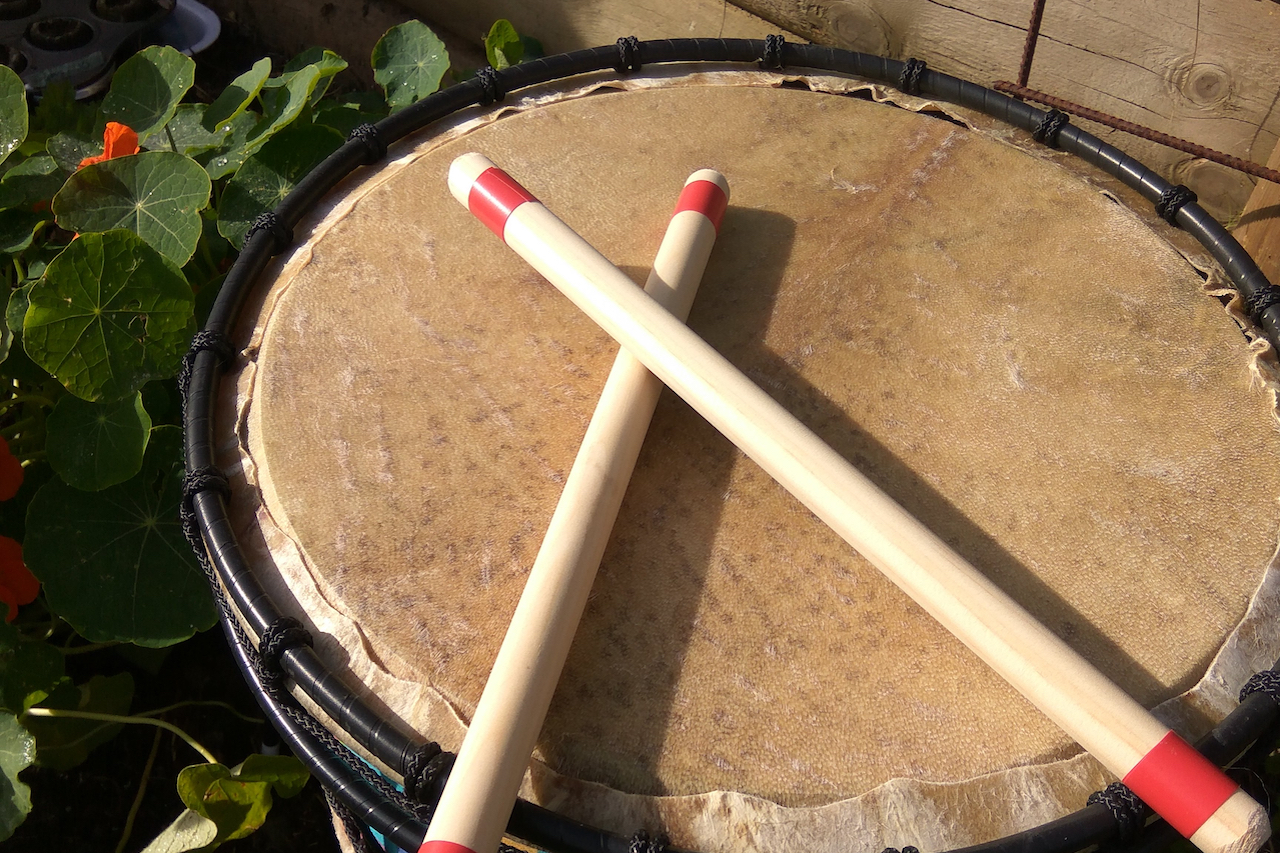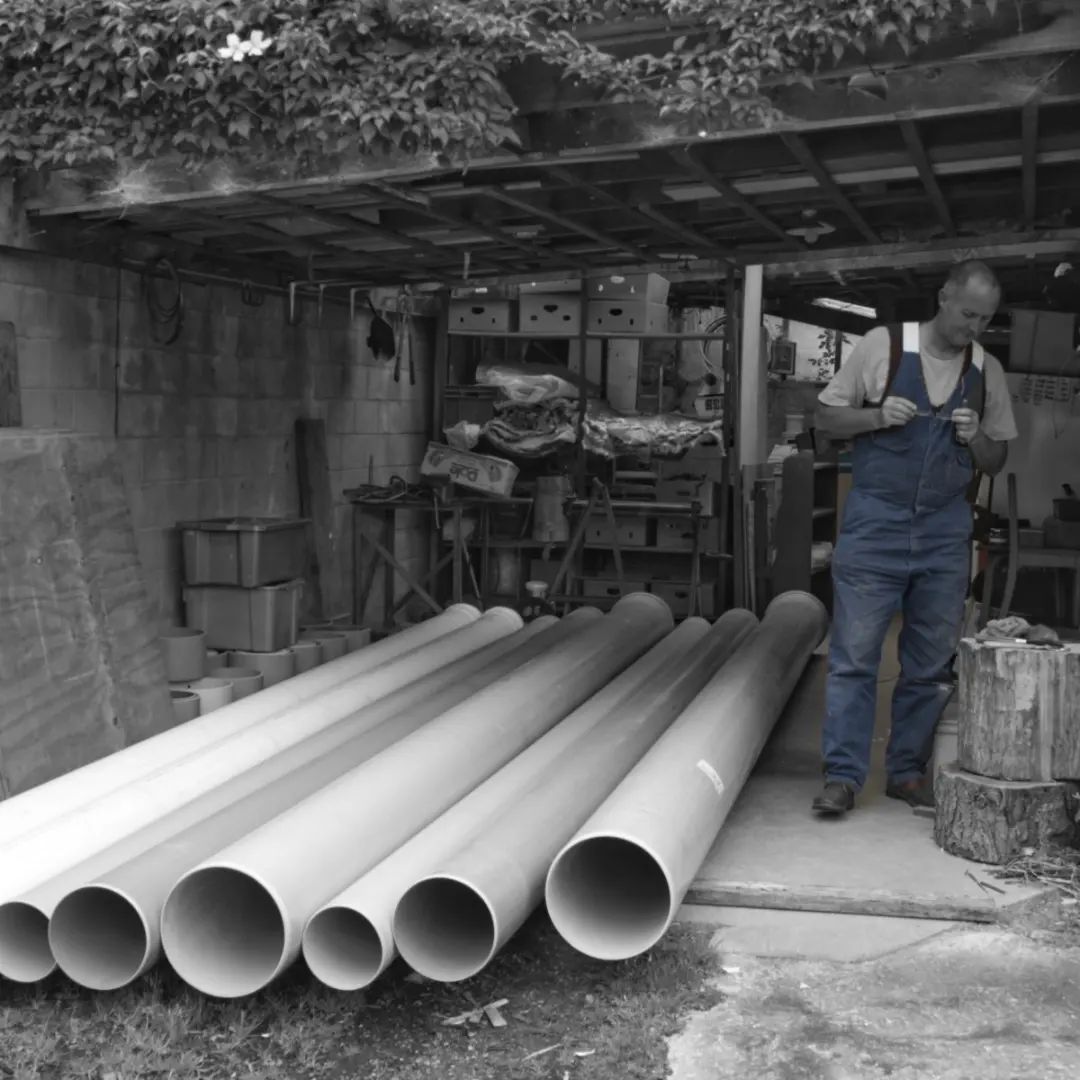Contents
Drum Sticks Or No Drum Sticks?
One of the most frequently debated questions, amongst staff at schools and preschools, about drums is :
“Will we be hands-only, or will we use drumsticks?”
When I travel around visiting schools with my drums, this drumsticks debate often happens in real time, before my eyes, as soon as I have finished demonstrating the toms. The discussion is stimulated by the fact that the (pre)school may never have had access to very sturdy drums before, so the stick debate is altered. The goalposts have shifted, you might say.
I don’t have fixed ideas one way or the other, as both policies have advantages and disadvantages, and the pros and cons are all perfectly valid.
A small minority of schools do not decide on the spot. They take sticks but do not put them out straight away for the children to use. A kind of “wait and see” or “we’ll see” policy. Drums on the other hand usually go rapidly into service, “instant deployment”, to use military speak. I often hear them from the car park as I prepare to drive away !

Drumsticks : The Pros
The pros are hard to argue against though :
- One of the main one is simply that kids want to use sticks. They will have seen percussionists live, or on TV, using sticks, and will want to imitate drummers’ behavior.
- Sticks visually define whose turn it is to play. Sharing equipment is clearly defined by the transfer of sticks from hand to hand.
- Playing the drums with sticks is more rewarding for a young child, as it is easier to produce a good sound straightaway.
- The fine motor skills brought into play are very similar to those employed using a spoon, a pen, or a paintbrush. Playing using your bare hands, also a good skill, is trickier than it looks, and even done skilfully, produces a less crisp precise sound than a stick.
- If the problem of inappropriate sticks is solved, then good quality drums can handle sticks. As long as the sticks are light, and made out of wood, they are suitable for a drum. It takes deliberate intention for a child to damage a drum head just by striking the skin when playing.
Drumsticks : The Cons
There are obvious disadvantages to leaving sticks at the disposal of young children and generally the cons surface first :
- Sticks can break, so how long will they last?
- Sticks can get lost, or at the very least, can end up in the sand-pit.
- Sticks can get weaponized, just like other useful equipment such as paintbrushes.
- Sticks can damage drums. We have all seen cheap drums smashed up, thanks to inappropriate sticks being used on low-quality gear. Consequently we tend to consider drum skins as somehow fragile, and of the sticks as a destructive force for the drums.
- Sticks are simply one more thing to think of, on the already very long to-do list for school staff. Putting out or putting away drums now means: thinking of the sticks as well, and maybe having to look for them when tidying up. There is no easy way to “attach” the sticks to the drums and they often live a separate life.

Are drum sticks for children different than drum sticks for adults?
Drums are percussion instruments and are designed to be repeatedly beaten. Children drums and school drums especially, should be made to cope with that kind of treatment.
At home, it is easy to find a couple of wooden spoons to use in guise of drumsticks and many schools already own a stock of suitable drumsticks, so a majority end up using them.
People could easily make children drumsticks at their woodwork tables. I always insist that the drumsticks I make are a very low-tech tool. It is very easy to find a piece of dowel and cut it at the right length for a child’s hand.
You can personalize them by burning designs on them with a soldering iron, paint them or pierce a hold in them and attach trinkets. I personally decorate my sticks with colorful adhesive red tape. Because they are primarly destined to schools, this minimal decoration defines the drumstick as a specific tool for a specific task.. This is quite handy in a classroom situation. Drumsticks are not meant to be used for another purpose.
If you feel inclined to make sticks for your drum, bear in mind that the ideal drumstick for a child is no longer than 30cm. A light wood like pine is best and will ensure that the sticks are neither too soft nor too hard. Don’t forget to sand the sharp ends. Any old piece of 16mm diameter dowel will do the job just fine.













